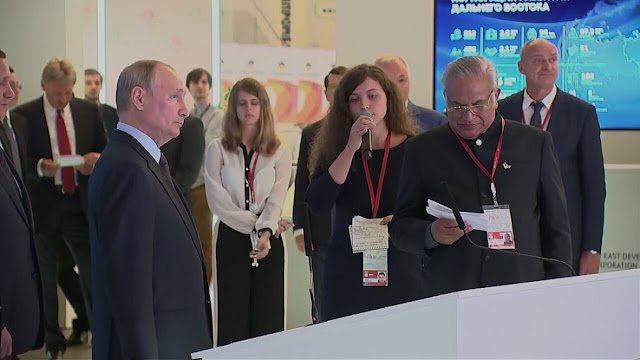What Are the Factors That Change the Colour of Emeralds?
Emerald gemstone is one of the four recognised precious gemstones along
with sapphire, ruby, and diamond. It is also the known birthstone for May. It
has long been regarded as one of the most valuable and sought-after coloured
gemstones. Due to its distinctive green colour, durability, and rarity, an
emerald is currently one of the most expensive and popular gems. Let’s take a
look at some of the facts about emeralds.
Emerald Origin and Formation
Emerald is a gemstone of the beryl family that forms in igneous,
metamorphic, and sedimentary rocks under heat and pressure throughout hundreds
of millions of years. The colour of gemstones ranges from green to
greenish-blue. Its name is derived from the Latin "smaragdus" and the
Greek word "smaragdos," both of which refer to green gemstones.
Four elements, including beryllium, aluminium, silicon, and
oxygen, are responsible to make emeralds. These four elements combine to make
emerald crystals when the conditions are ideal deep within the Earth's crust.
Chromium, vanadium, or iron are the elements that give emeralds
their distinctive colour of green. The most expensive rare emeralds are
pure green, with brilliant saturation and no discernible colour variations. A
gemstone is not regarded as an emerald if it is not sufficiently black and
saturated. In this situation, it is known as green beryl.
There are several places in the globe where emeralds are mined,
including the US, Australia, Russia, Pakistan, and Afghanistan. However,
Zambia, Brazil, and Colombia are the three main providers. Colombia is the most
well-known supplier of the best deep green emeralds, and it currently supplies
between 70 and 90 percent of the world's emerald demand. While Zambian emeralds
are sought after for their slightly bluish-green tint, Brazilian emeralds are
regarded for their great clarity and slightly yellowish-green hue.
What is Emerald Colour and Clarity?
When discussing emerald gemstones, colour is the primary factor in
determining value. Hue, tonal quality, and saturation are the three criteria
used to evaluate it.
Colour describes the emerald's shade of green, such as
bluish-green, yellowish-green, etc. While saturation describes the intensity of
the colour, tonal grading describes the degree of brightness or darkness of the
green.
KGK gemstones come
in a variety of colours, ranging from light to dark green, blue-green, and even
somewhat yellowish or bluish-green. The most popular and expensive shade of
emerald, however, ranges from a somewhat bluish-green to a pure green tone with
strong or vivid saturation.
While emerald inclusions are accepted more than those in any
other gemstone, clarity is still vital for these stones. Emeralds are
classified as Type III clarity gemstones by the Gemological Institute of
America (GIA), which means even high-quality emeralds used in fine jewellery
today fall into the I2 to I3 clarity range. Unlike with other jewels, these
flaws are not seen as undesirable qualities. Contrarily, inclusions are thought
of as a part of an emerald's character, and a lack of them is frequently a clue
of a fake.
The clarity of emeralds by the KGK group is
determined by the eye, unlike diamonds. A flawless emerald has no inclusions
that can be seen by the naked eye.
How does an emerald change its colour?
When the mineral beryl contains chromium, vanadium, and iron,
emeralds are produced. The different concentrations of these three components
give emerald its spectrum of colours. Vanadium and chromium combine to produce
a vivid green hue. The stone has a bluish tinge from the iron.
The most expensive emeralds are medium to medium dark in tone and
bluish-green to green in colour. Emeralds are naturally fashioned into the
emerald cut because they normally develop as six-sided prisms.
The majority of emeralds have flaws that are visible to the
naked eye, including inclusions (internal clarity qualities) and blemishes
(surface clarity characteristics). Price can range from $10 per carat for a
small, low-quality stone to $50,000 per carat for an extraordinarily clean
stone, depending on the number and types of imperfections.
KGK Group offers high-quality
emeralds that are perfect enough for you and complement your personality. So
get your KGK gemstone today.




Comments
Post a Comment